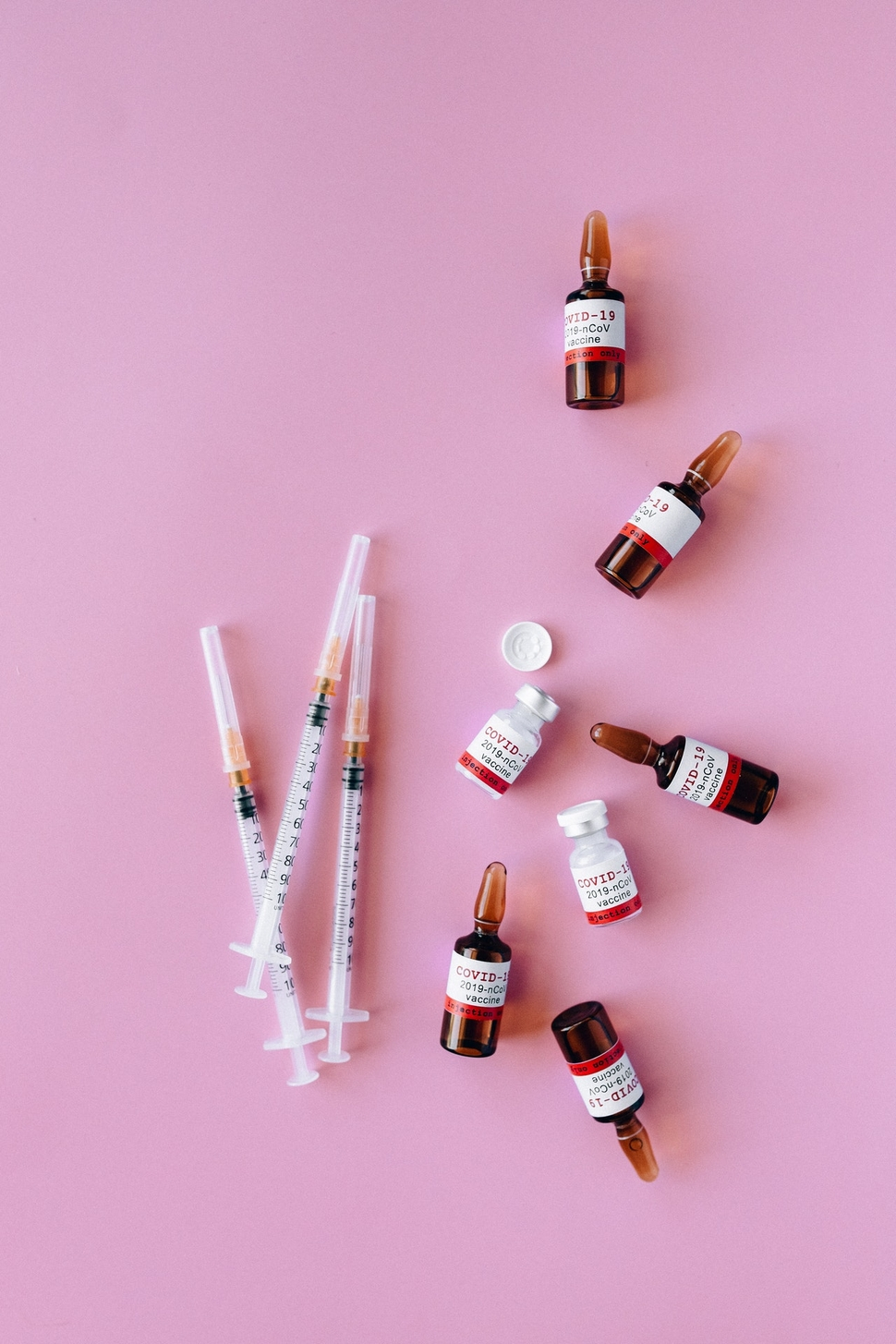
Key Targets for COVID-19 Research
Mar 11, 2021The COVID-19 pandemic has taken hold of our lives for nearly an entire year, and although we now have vaccines being distributed, there is still a lot we don’t know. SARS-CoV-2 research is ongoing, and likely to continue for many years to come. Many different biomarkers have shown promise for diagnosing and predicting the prognosis or outcome of infection by SARS-CoV-2. Our featured products for March 2021 are three such biomarkers, angiotensin I converting enzyme 2 (ACE2), interleukin 6 (IL6) and C reactive protein (CRP).
ACE2 is an angiotensin-converting enzyme responsible for the breakdown of Angiotensins I and II, has an important role negatively regulating the renin-angiotensin system (RAS), and has been shown to facilitate viral transmission of SARS coronavirus 2 (SARS-CoV-2), the cause of COVID-19.1,2,3 Recent studies have shown that SARS-CoV-2 gains entry into cells expressing ACE2, but not cells expressing other coronavirus receptors, or cells that do not express ACE2.3 The mechanism for infection with SARS-CoV-2 involves the spike glycoprotein on the surface of the virus binding to the ACE2 receptor, allowing for viral RNA to be released into the cell, initiating infection.4 ACE2 is highly expressed in alveolar epithelial cells, indicating that the lungs are typically where the initial infection occurs in humans.5 After initial infection, the virus often spreads to other areas of the body with high levels of ACE2 through blood circulation, often resulting in multi-organ injury.6
IL6 is a cytokine involved in inflammation and maturation of B cells, mainly found at the site of inflammation, from where it induces an inflammatory response.7 As COVID-19 can often result in cytokine release syndrome, or a ‘cytokine storm’, IL6 has been found at elevated levels in patients with COVID-19.8,9 IL6, along with other cytokines including TNFa, IP10, MCP1, CCL3, IL2, IL2R, and IL7, have been seen to increase in more severe cases of COVID-19.10 IL6 and IL2R in particular increase according to the severity of the case, and IL6 levels are high among non-survivors.10 Another study showed that IL6 levels in serum could help to determine the severity of COVID-19 cases and predict the outcome for patients.11
CRP is a cytokine involved in the activation and amplification of the complement system.12 As CRP is often elevated as a result of inflammation, it is also often found at high levels in patients with COVID-19.9,10,11 Similar to IL6, CRP is found at high levels in patients with severe cases and poor prognosis of COVID-19 infection.8,10,11 CRP especially could be useful as an early predictor of severe COVID-19, as CRP levels are not typically high during viral infections.13
To elevate your research on COVID-19 and associated biomarkers, check out our Human ACE2, IL6, and CRP ELISA kits and related antibodies:
Human Angiotensin I Converting Enzyme 2 (RDR-ACE2-Hu)
Detection Range: 15.625-1000pg/mL
Sensitivity: 7.7pg/mL
Human Interleukin 6 ELISA Kit (RDR-IL6-Hu)
Detection Range: 7.812-500pg/mL
Sensitivity: 3.11pg/mL
Human C reactive protein ELISA Kit (RDR-CRP-Hu)
Detection range: 0.156-10ng/mL
Sensitivity: 0.057ng/mL
Related Antibody Products:
Rabbit anti-Human ACE2 Polyclonal Antibody
Rabbit anti-Human IL6 Polyclonal Antibody
Rabbit anti-Human IL6R Polyclonal Antibody
Rabbit anti-Human CRP Polyclonal Antibody
To see our full list of COVID-19 related ELISA kits, visit this News Post.
To search our full catalogue of ELISA kits, visit our ELISA Page.
Reddot Biotech is now offering antibodies! To search our full catalogue of antibody products, visit our Antibody Page.
References and further reading: